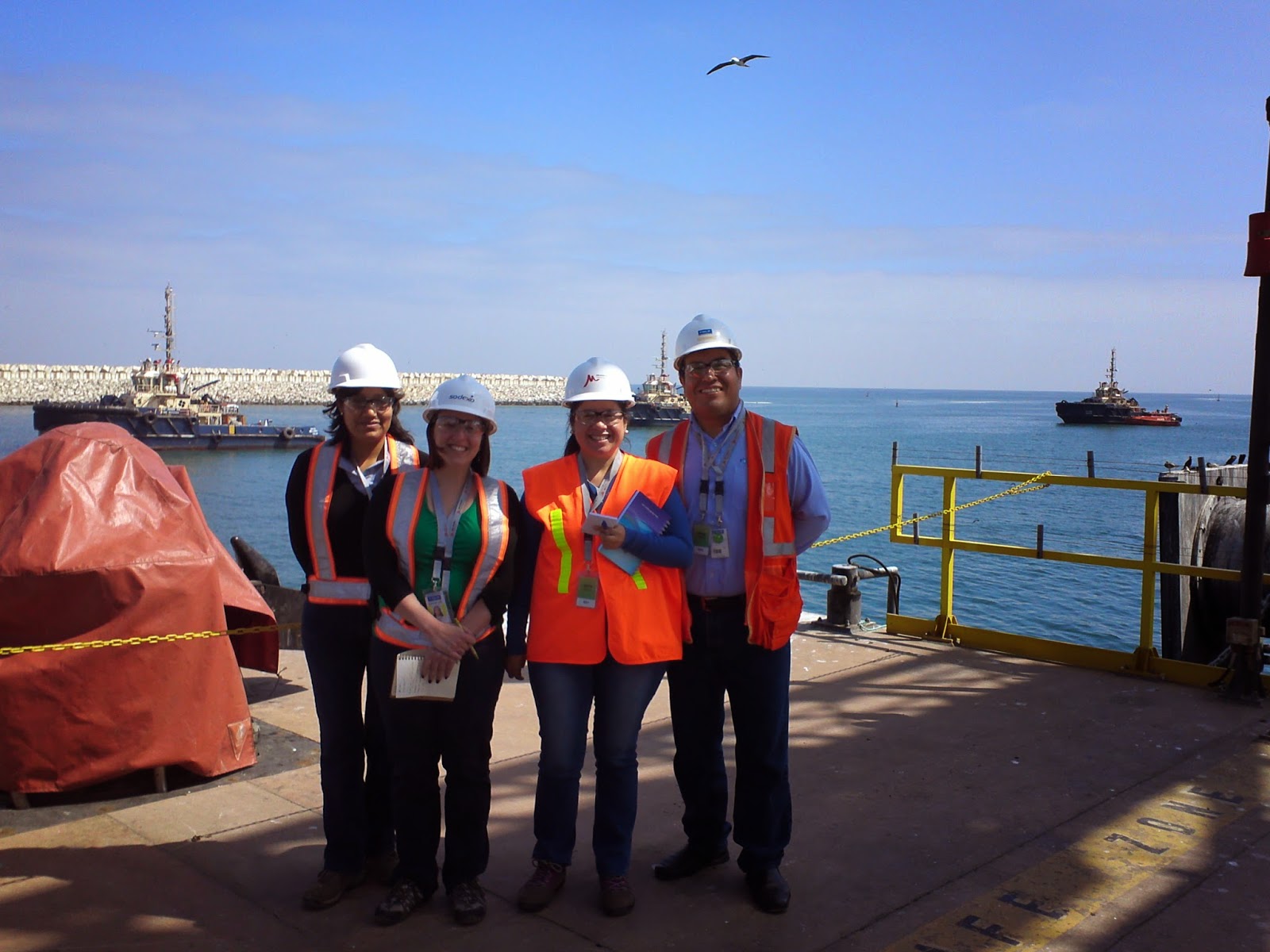I know that it has been a while, but I have been busy settling into my job and getting to know my students here at the plant. Instead of having to remember whether it is Mohammed, Mohammed Q (new or original), Mohammed K, Mohammed T, Mohammed A or Mohammed W, I am now spending my days sorting out the Jose's-Jose', Jose' Carlos, Jossimar, and so on. It was difficult in the beginning, but I think I've got it down now and I'm really starting to enjoy the students in my classes.
I am teaching English to workers in a plant that converts natural gas to liquid natural gas (LNG) and loads it on ships for transport to other countries around the world. (I actually understand this process thanks to the presentations one of my classes did for me in the beginning.) There are workers from all over the world here, so it is important that the workers speak a common language-English-which is where I come in. The students see the English lessons as a benefit from the company and are really motivated to learn and practice their English, so it's a great place to be a teacher.
Despite being a bit isolated (it's a 3 hour drive from Lima), plant life is pretty good. We live in long trailers that are cleaned for us everyday. [There are some rules about taking pictures here, so I am not able to post anything yet.] The company provides us with meals, gyms, recreation facilities and laundry services, so it's almost like staying in a hotel. I even have direct TV and an internet connection in my room. It's great!
All in all I'm really happy I came. I'm excited to be started in this new adventure and I can't wait to start seeing even more of Peru!

















